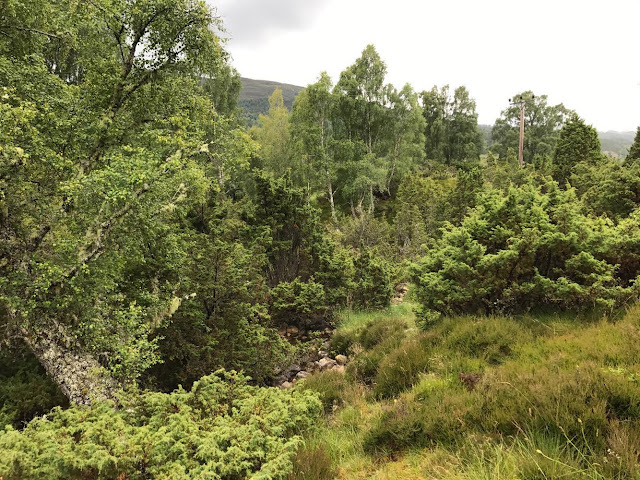Best Nature Writing I Read in 2018
Since finishing up at university, i've read a lot less nature writing. The books on this list are books that I read in my first year out of study, after finishing my Master's in Environment, Development & Policy at the University of Sussex.
Aldo Leopold- A Sand County Almanac
After using small excerpts and recycled quotes from Leopold throughout my Masters, I finally sat to read the full collection of his writings, which range from still-life journals to reflections on pinnacle realizations and moments in Leopolds career, including looking back at the senseless extirpation of wolves from Yellowstone which he was a part of, and advocating for their return.
Masanobu Fukuoka- Sowing Seeds in the Desert: Natural Farming, Global Restoration, and Ultimate Food Security.
This may be Fukuoka's later work, but it shows a full lifetime's introspection and attention to nature, snowballing into a heavy hitting look at the possibilities for a harmonious relationship between farmed land and mankind.
Jim Robbins- The Man who Planted Trees
Named for Jean Giono's short story of the same name which I read later, this book brilliantly brings together scientific, cultural, emotional, spiritual and ecological perspectives on trees and planting them, rotating beautifully around the story of David Milarch's God-sent mission to clone and plant champion trees around the world.
Patrick Barkham- Badgerlands
Even if you see badgers every now and then despite their reclusivity, you might not heed them much thought; Barkham expertly breaks these shy creatures into their indefinable, strange and essential Britich character, dissecting cultural myths of the creature, scientific and ecological facts, late legal battles and the personalities that make touching relationships with these snuffling nocturnal beasties countrywide.
Jim Crumley- The Last Wolf
I read this and kicked myself. It is exactly the book I could've done with while writing my dissertation. Crumley draws a map of Britain, especially Scotland, that once hosted this most interesting missing predator, and looks at the realities behind myths, and how cultures come to construct such legends that paint a picture of an indestructible killer over a keen and peacable predator.
Ken Thompson- Where do Camels Belong?
This book has forever changed my perception of invasive creatures. Thomspon patiently pulls apart the term 'invasive', a word that sends instant glimmers of hatred and suspicion into most individuals. species of all calibre naturally travel, migrate, and fight for dominance of resources and territories. Thomspon weighs up the good and bad of such events, especially with the meddling of mankind's various travails. Even the titular question is stimulating; Camelids (the family camels belong to) originate from North America, are most diverse in South America, are mostly found wild in Australia, and are culturally linked to Middle East Asia.
Jean Giono- The Man Who Planted Trees
The aforementioned story that inspired Jim Robbins's book and countless environmentalists into action, Giono's tale is easily the shortest book on this list. Perhaps fanciful, Giono nevertheless exemplifies how small and selfless actions in tune with nature don't just change a landscape, but people, and in rurality this can occur with ignorance to the goings on of the geo-political world.
James Rebanks- The Shepherd's Life
When I wrote my dissertation on rewilding, Rebanks appeared as a disapproving critic. Having read this book of his, I can say that I don't necessarily agree with everything he says, but he is absolutely grounded in a practical present that alludes many academic environmentalists, and hammers home the often forgotten point that you can evaluate, change and romanticise landscapes, but you risk ignoring to extinction the thousands-years old working rural communities that build nations from infancy.











Comments
Post a Comment